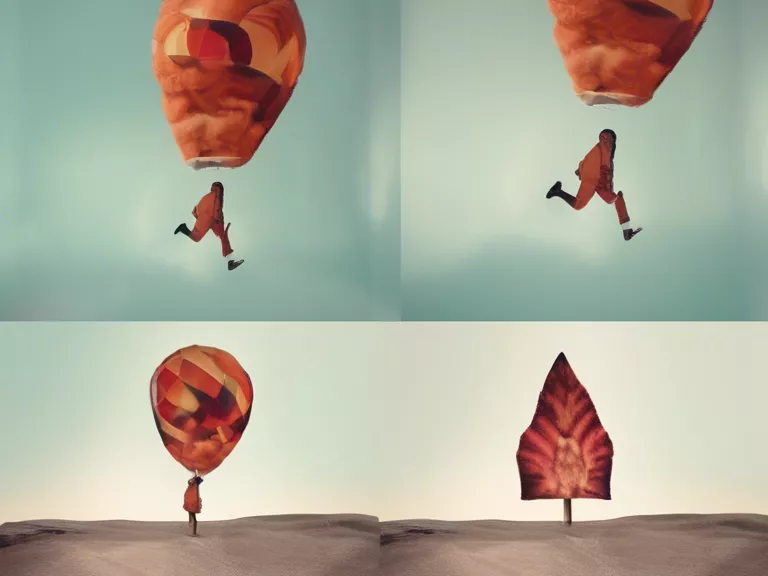
Patterns and textures play a crucial role in enhancing the visual appeal of architectural photography. By incorporating these elements into your shots, you can add depth and interest to your images. Here are some tips on how to use patterns and textures to elevate your architectural photography game.
When photographing buildings, pay attention to the textures present on the surface. Whether it's the rough texture of weathered bricks or the smooth finish of glass panels, textures add a tactile quality to your images. To highlight these textures, shoot during the golden hours when the sunlight creates shadows that accentuate the surface details.
Patterns, on the other hand, can be found in architectural elements such as windows, doors, and facades. These repetitive shapes can create a sense of rhythm and harmony in your photos. Experiment with different angles and perspectives to capture these patterns in a unique way. Consider shooting from a low angle to emphasize the vertical lines of a building or from a bird's eye view to showcase the geometric patterns from above.
Combining patterns and textures in your architectural shots can create a visually striking image. Look for opportunities where these elements intersect or contrast with each other. For example, a textured brick wall with a patterned window can create a dynamic composition that draws the viewer's eye.
Lastly, don't be afraid to get up close to your subject to capture the intricate details of patterns and textures. Use a macro lens or zoom in on specific sections of the building to reveal the beauty in the small details. Remember to play with depth of field to create a sense of dimension in your photos.
By incorporating patterns and textures into your architectural shots, you can add depth and visual interest to your images. Experiment with different compositions and techniques to create unique and compelling photographs that showcase the beauty of architectural design.



